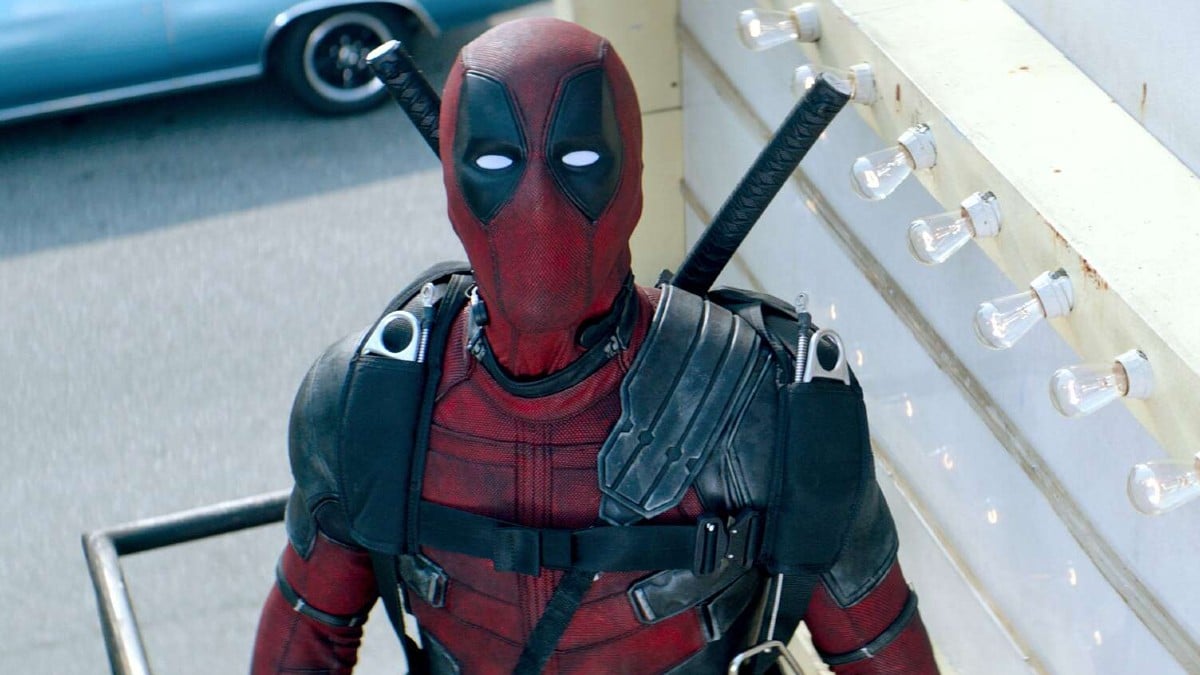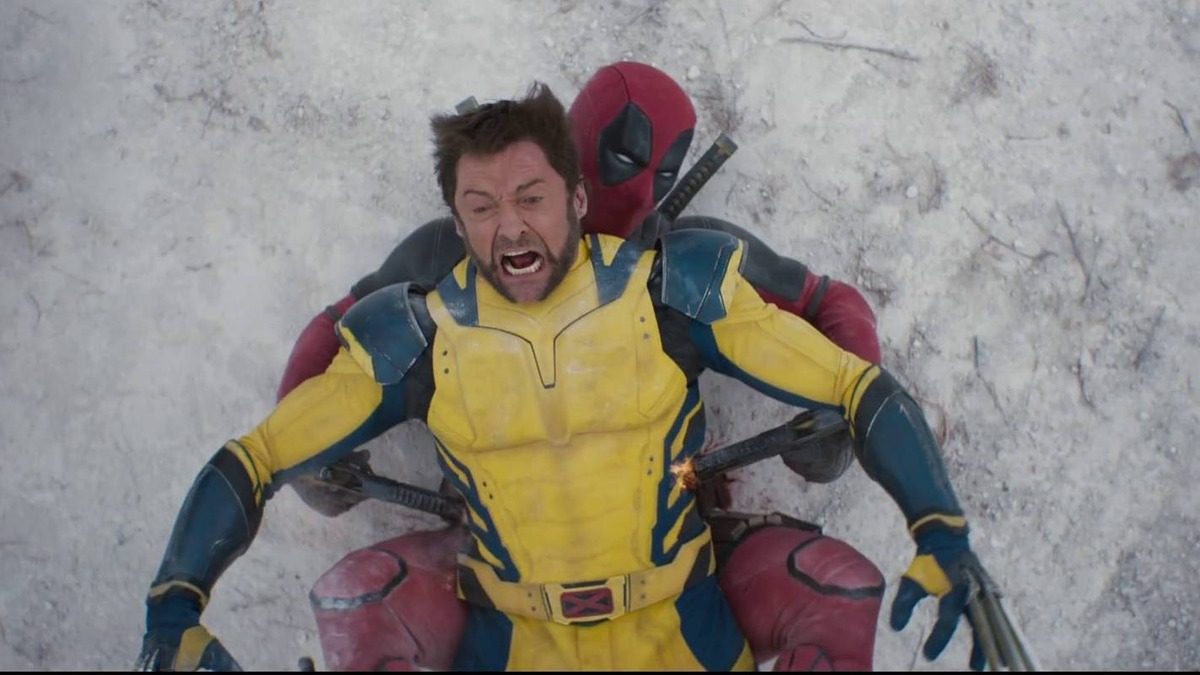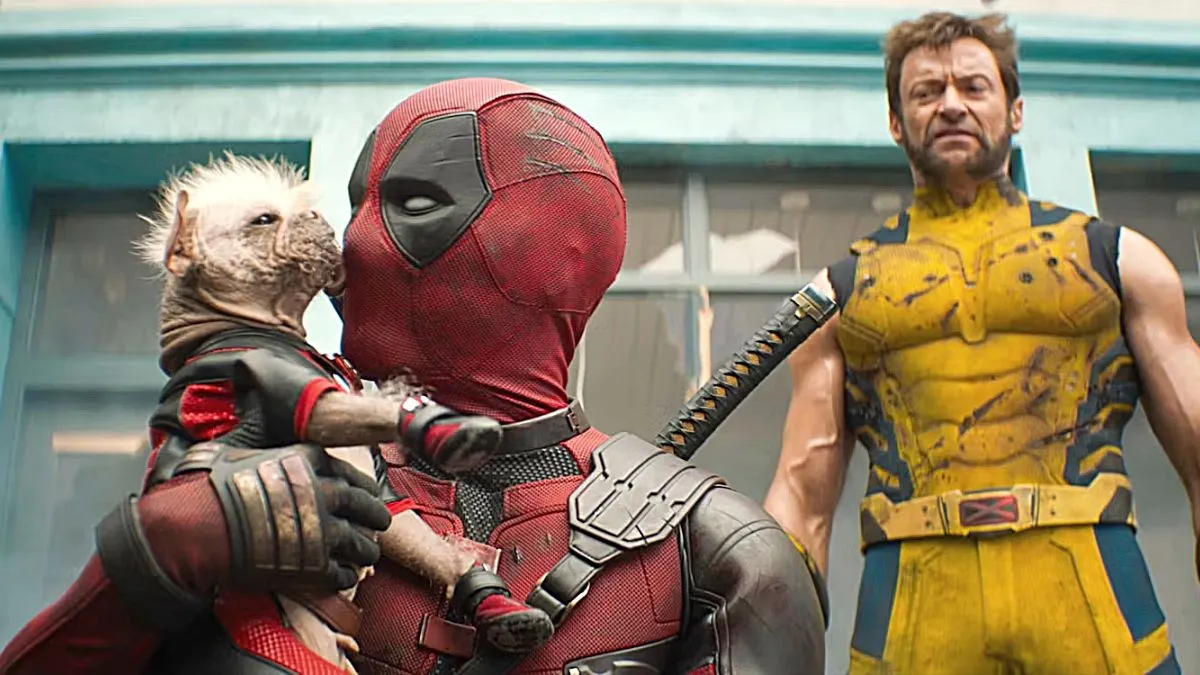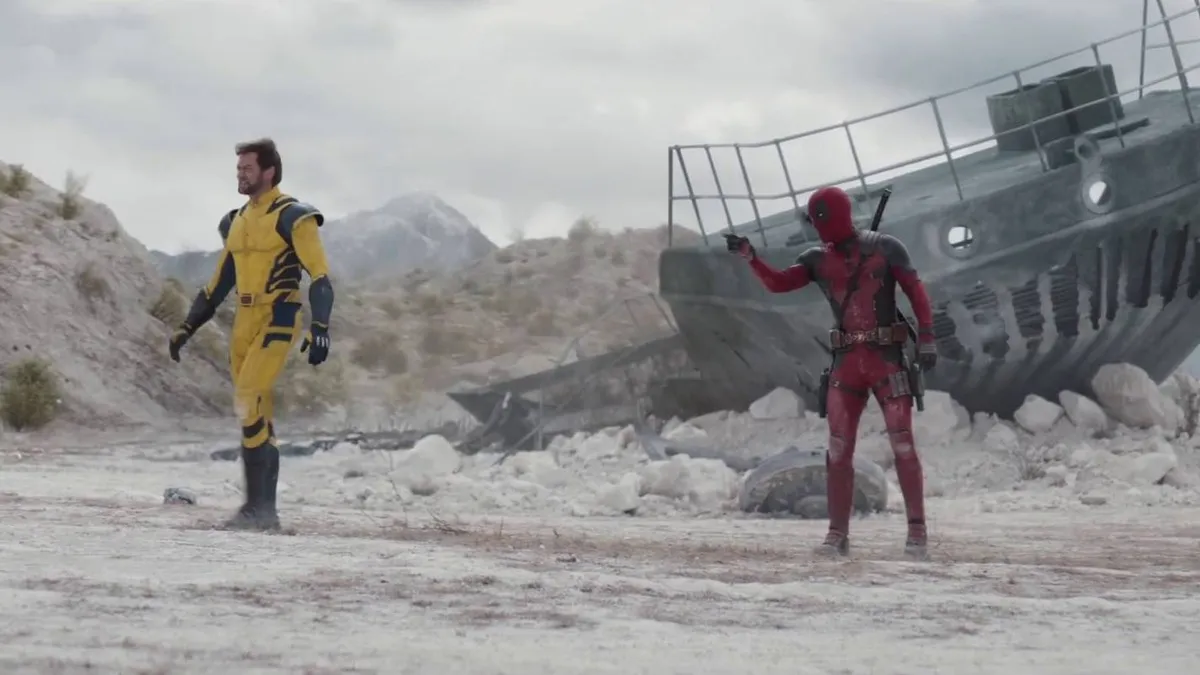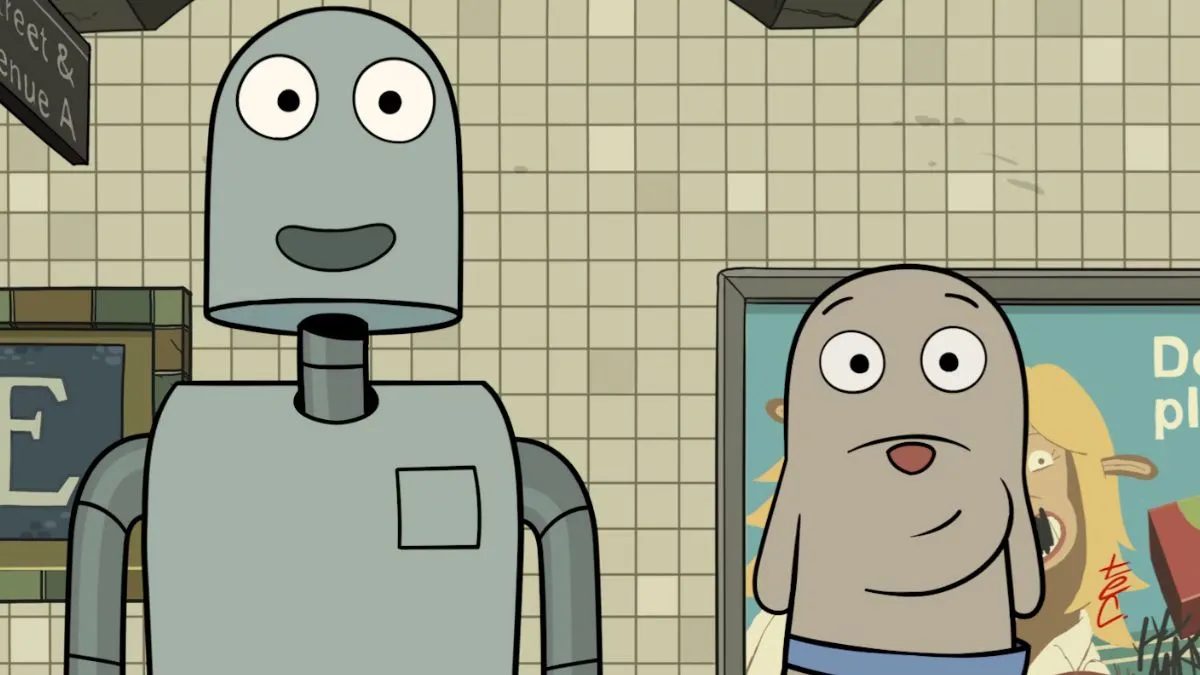
46 years after his first feature film, and still nobody makes a Martin Scorsese movie like Martin Scorsese.
What a Martin Scorsese movie is cannot be precisely pinned down, of course, as he is one of the most artistically diverse and multifaceted filmmakers working today who can still be identified as an auteur. Where some great filmmakers reach a point where they stop feeling the need to challenge themselves, Scorsese has never stopped evolving since he first entered the business, and it is possible there was no bigger evolution in his style than GoodFellas in 1990. Hyperkinetic, and absolutely, top-to-bottom dense with music, imagery, dialogue, narration, and more plot than one would ever think could comfortably fit in a single film, Scorsese struck upon a new cinematic grammar in that movie, a completely innovative way of relating the experience of the American gangster. The film never needed to make outright judgments on its characters, because by sweeping us all up in the rush of it all, allowing us to feel the full appeal and aspirational quality of this lifestyle while simultaneously seeing (and laughing at) its sheer and utter ridiculousness, the experience spoke for itself, and the deeper implications were positively searing. The influence of GoodFellas on subsequent American cinema is incalculable, its stylistic tentacles spreading far and wide and heavily altering our cinematic perception of – and expectation for – crime stories. Even this year’s American Hustle owes (and doesn’t try to hide) a great stylistic debt to the film.
And while I think Hustle is a blast, it is impossible to keep it anywhere near the forefront of my mind when faced with something that isn’t a pastiche, but is instead the real deal. The Wolf of Wall Street is a masterstroke, a return for Scorsese to the stylistic roots of GoodFellas, but which takes and evolves those cinematic principles to have full weight, impact, and shock again in 2013 America. If GoodFellas was the perfect window into the life of the modern American gangster, The Wolf of Wall Street is an equally impeccable examination of modern America’s most notorious (and destructive) kind of crook – the white-collar financial criminal. The most damning and all-encompassing narrative feature made since the financial collapse about the sorts of monsters responsible for it, the film is exactly the crime epic we need for this day and age, bottling our national anger, burying it just below the surface, and letting it simmer to a terrifying boil as we watch the arrogance, selfishness, and unchecked debauchery of the central characters unfold around us. This isn’t pastiche, or homage, or a filmmaker resting on old tricks to tell a new story – this is Martin Scorsese making the next benchmark Martin Scorsese movie, taking his influential bag of gangster-movie tricks and making it all seem new again.
The film tells the true story of Jordan Belfort, a man from a middle-class family so intent in his ambition to get to the top that he is willing to break each and every rule on his way there. And he’s good at it, too. Lying to clients about the viability of cheap (and therefore high-commission) stocks, Belfort’s public speaking gifts are extraordinary, using his skill for persuasion to bleed client after client – starting with the middle-class before moving up to the richest one percent – dry, and keeping his energy up with a constant daily routine of sex, drugs, alcohol, and increasingly rampant excess. Leonardo DiCaprio attacks the role with every ounce of ferocity he can muster, going as far with every wicked, conniving, deluded, addictive, sick, and condescending character trait as he possibly can. This is not one of those cases where the actor doesn’t care what we think of his character – DiCaprio cares very deeply, and he wants you to hate this animal with every fiber of your being by the time the film cuts to black. Jordan Belfort is many, many things, all of which DiCaprio illustrates with gleefully reckless abandon, but decent is not one of them.
The same can be said for most of the film’s central characters, from Belfort’s mentor, Mark Hanna – played wonderfully by Matthew McConaughey, responsible for one of the year’s very best isolated scenes early on in the film – to Belfort’s partner-in-crime, Donnie Azoff, played with an even greater amount of moral abandon by a positively great Jonah Hill. But unlike many movies centered around completely despicable human beings, the film is in no way a draining or soul-crushing drag. Far from it – The Wolf of Wall Street is constructed of such densely packed kinetic energy that, as in GoodFellas, laughter is one of the film’s primary modes of communication. The film is outrageous, completely over the top not only in its many bacchanal-level party scenes, but also in evoking the exact kind of business practices these characters carried out. If GoodFellas set its hooks by offering a dynamic dichotomy between honestly portraying the American mafia experience and simultaneously shining a light on the utter silliness of everything the characters did, The Wolf of Wall Street does away with all contrasts. The ridiculous levels of debauchery, the absurd schemes being run – all of it is portrayed as the utmost absurdity, because in truth, that is exactly what it was.
And therein lies the film’s anger, which becomes more and more obvious as the film moves along. We let these people dismantle our economy for their own personal benefit? They were able to earn that much money pulling schemes that simple-minded? The ill-earned cash of thousands of unlucky investors, rich and middle-class alike, went to fuel those sorts of inconceivable orgies? What the hell is wrong with this country? What is wrong with us? What is wrong with the American Dream when we’ve moved from trying to realize it honestly, to trying to realize it through organized crime, to getting rich off the backs of anyone and everyone in sight at the highest economic levels, with laws being torn through like tissue paper? The Henry Hills of the world don’t need the Italian Mafia anymore to have everything they could ever want – they just need to go to Wall Street, check their soul at the door, and steal until there is nothing more left to take.

The film is never anything less than supremely entertaining – there are stretches where Wolf is as dense with jokes as Anchorman 2 – but it is positively disturbing by the end, by the time these characters have been stripped bare as the animals they are and the film has laid out its full, condemning narrative hand. Part of what makes Wolf land as hard as it does, in scenes funny, horrifying, or both, is that Scorsese allows each scene to breathe as long as is needed. GoodFellas required an intentionally exhaustive rapidity, but for The Wolf of Wall Street, Scorsese has managed to maintain that kinetic, chaotic style in a much more deftly paced narrative. He wants to rub our noses in the scale of the debauchery, to let us gain a full understanding of how these characters exist in their natural habitat, and I think it is very good indeed that Scorsese was able to release a full 3-hour cut. I can absolutely imagine several scenes and subplots being excised to make for a tighter, functional 2-hour version, but it would be so much less rich. The nonessential is absolutely essential in a narrative such as this, where excess is everything and boundaries are meaningless, and just as the pace of GoodFellas put us in the minute-to-minute mindset of a modern mobster, The Wolf of Wall Street is perfectly calibrated to make this disgusting, intoxicating experience feel real.
The technical merits across the board are exquisite. Cinematographer Rodrigo Prieto had a hell of a job on his hands keeping the scale of this thing visually coherent, but he pulls it off with aplomb, and in making sure the film’s construction feels at once both unpredictable and rock solid, Thelma Schoonmaker again proves – as if she needed to, at this point – that she is one of the best editors in the business. Scorsese’s trademark use of pop music – probably the single biggest mark GoodFellas left on American cinema – is as perfect and effective as ever, and I feel he takes a particular relish in employing this wonderful gift for provocatively marrying image with song time and time again. Very few do it better, and it is one of those things that really makes this feel like vintage Scorsese, updated and enhanced for 2013. It is impossible for me to say exactly how much of writer Terence Winter’s voice is in this script, given just how completely this walks and talks like a Scorsese film, but Wolf does feature some absolutely scorching dialogue, and there are some compellingly unique spins on the Scorsese-style narration that I find downright fascinating.
Martin Scorsese making a terrific movie should come as no surprise. I have loved everything he has done since the turn or the century, and some fans would probably go even further back into the late 90s to qualify this artistic hot streak. But Wolf feels even more rich and significant than much of his latter-day work, for it takes the basics of a crime story style that we have been inundated with since 1990 and revitalizes and expands upon it completely, creating the American crime saga we needed for this day and age. The Wolf of Wall Street is the kind of film that serves as an artistic benchmark for some of the worst lows to which our society has fallen, even as it provides some of the most vibrant and energetic filmmaking of 2013.


